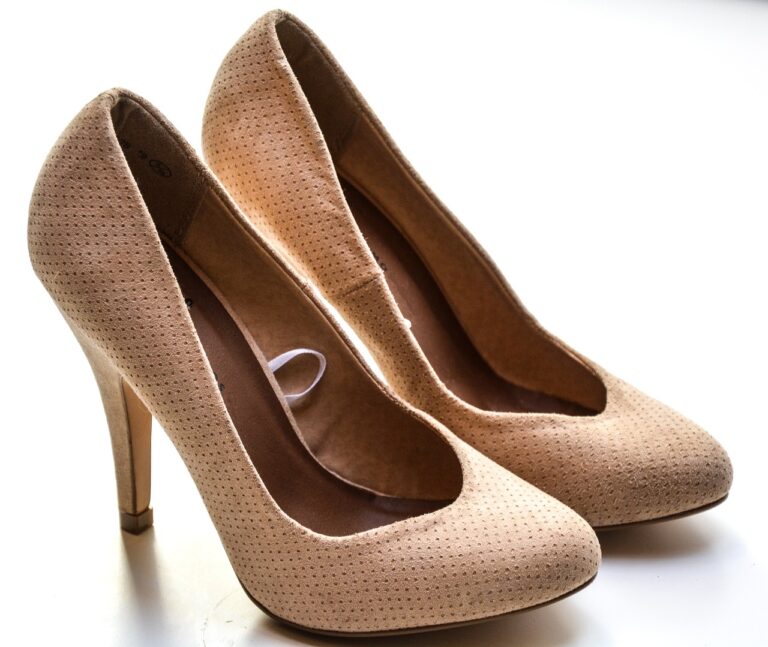Fashion and Folklore: Traditional Clothing from Around the World
Clothing in Africa is diverse and rich in cultural significance. Different regions within the continent boast unique traditional attire that reflects the heritage and customs of the local communities. This clothing often serves as a symbol of identity and is worn during special occasions and ceremonies, showcasing the pride and traditions of the people.
The vibrant colors and intricate patterns of African traditional clothing are a testament to the artistic creativity and skills of the craftsmen and artisans. These garments are typically made from locally sourced fabrics such as cotton, silk, or wool, and are sometimes adorned with beads, shells, or embroidery. The designs and styles of African attire vary from country to country, highlighting the cultural diversity and individuality of each region.
Traditional Clothing in Asia
Asia is a continent known for its diverse and vibrant traditional clothing. Each country in Asia boasts its unique styles and designs, reflecting the rich cultural heritage and history of the region. From the intricate silk garments of China to the elegant saris of India, traditional Asian clothing is a feast for the eyes.
In countries like Japan and South Korea, traditional clothing like kimonos and hanboks are still worn on special occasions and ceremonies, symbolizing a deep respect for tradition and customs. The intricate patterns, vibrant colors, and luxurious fabrics used in Asian traditional attire showcase the skilled craftsmanship and attention to detail that have been passed down through generations.
Traditional Clothing in Europe
Europe boasts a rich tapestry of traditional clothing that varies greatly from region to region. Each country in Europe has its own unique designs and styles that reflect its history, culture, and climate. From the colorful and intricate patterns of Greek costumes to the elegant simplicity of Scandinavian dress, traditional European clothing is diverse and captivating.
One of the most iconic traditional garments in Europe is the Scottish kilt, which symbolizes Scottish heritage and identity. Made of wool and typically featuring a tartan pattern, the kilt is worn by men on formal occasions such as weddings and Highland gatherings. The kilt is often paired with a sporran, a pouch worn around the waist, and a sgian-dubh, a small knife tucked into the top of the kilt hose.
What are some examples of traditional clothing in Europe?
Some examples of traditional clothing in Europe include the kilt in Scotland, dirndl in Germany, and sarafan in Russia.
How does traditional clothing in Europe vary from country to country?
Traditional clothing in Europe varies from country to country based on cultural influences, historical background, and regional differences.
Is traditional clothing still worn in Europe today?
Yes, traditional clothing is still worn in Europe today, especially during cultural events, festivals, and special occasions.
How has modern fashion influenced traditional clothing in Europe?
Modern fashion has influenced traditional clothing in Europe by incorporating new designs, fabrics, and styles while still maintaining the cultural roots of the traditional attire.
Are there any specific rules or customs associated with wearing traditional clothing in Europe?
Some countries in Europe may have specific rules or customs associated with wearing traditional clothing, such as certain colors or patterns representing different regions or social statuses.







